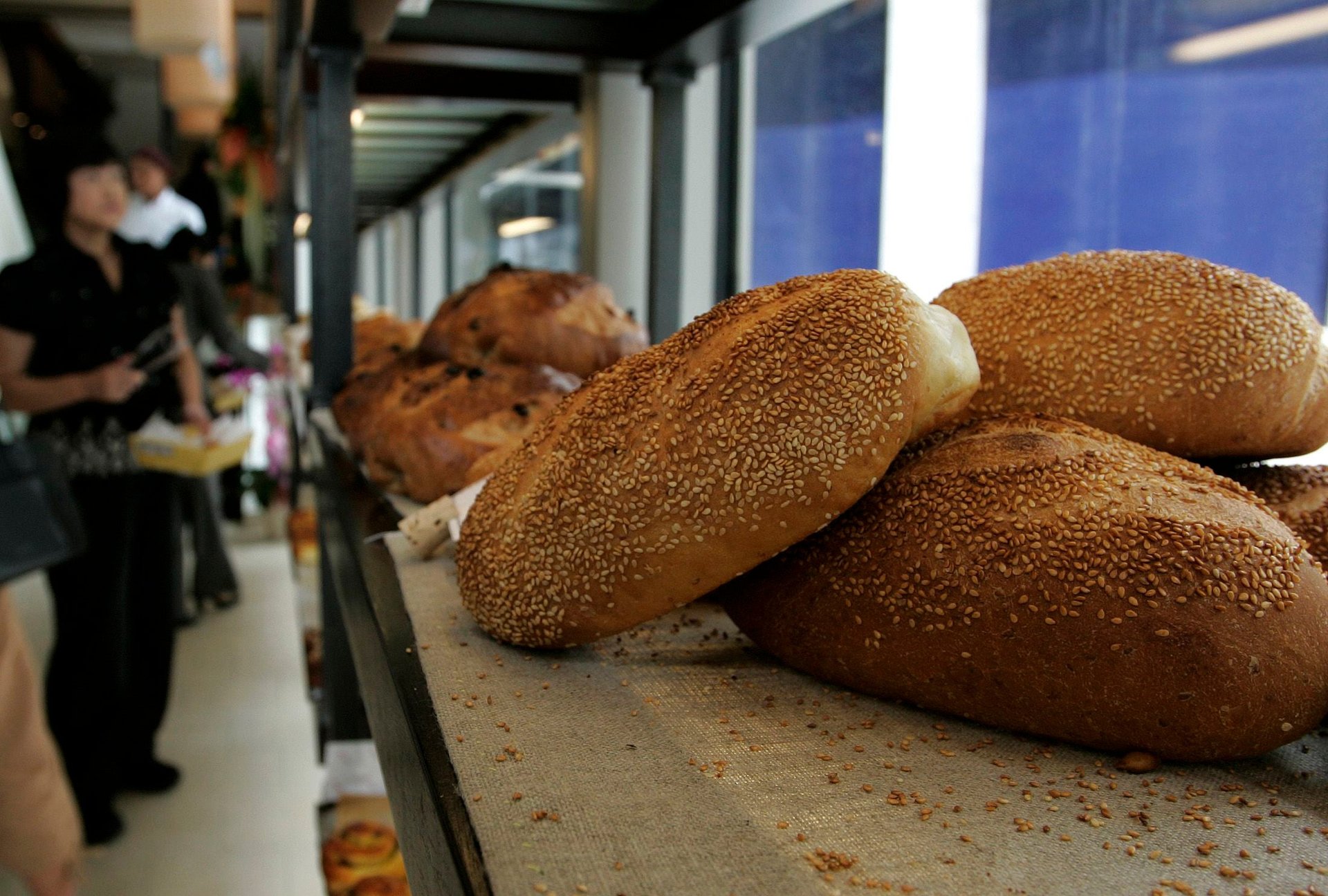Think you might be sensitive to gluten? Here’s the first thing you shouldn’t do.
The typical American diet, to say nothing of many others around the world, is full of gluten, a protein composite that exists in wheat and some other grains like rye and barley. It’s in bread, cereals, pasta, desserts, and even soy sauce. An increasing number of Americans are now avoiding those foods in the name of health, having (rightly or wrongly) linked their gluten intake to a host of gastrointestinal and metabolic problems.


The typical American diet, to say nothing of many others around the world, is full of gluten, a protein composite that exists in wheat and some other grains like rye and barley. It’s in bread, cereals, pasta, desserts, and even soy sauce. An increasing number of Americans are now avoiding those foods in the name of health, having (rightly or wrongly) linked their gluten intake to a host of gastrointestinal and metabolic problems.
Mustering the conviction to go gluten-free, even without a demonstrable medical need, has no doubt been made easier by the huge increase in gluten-free food options at grocery stores and restaurants. One market research company projects the global market for gluten-free packaged foods to hit $15 billion by 2016— double its 2011 size, according to the New Yorker.
But if you suspect you have a form of gluten intolerance, be it a wheat allergy, a gluten “sensitivity,” or a severe condition like Celiac disease, it’s a bad idea to make dietary changes without proper medical guidance.
For starters, you may unwittingly end up on a diet that’s only semi-gluten-free, either because you didn’t know about all the hidden sources of gluten or because, left to your own devices, you might cut corners, avoiding things like pasta and pastries but still drinking beer at happy hour. That wouldn’t be a problem for most people, but if you are among the roughly 1.4 million Americans with undiagnosed Celiac disease, a potentially dangerous auto-immune disease necessitating gluten avoidance, continuing to ingest even the tiniest bit of gluten will damage your small intestine.
So why again would you want to wait before embarking on a gluten-free diet? Bear in mind, Celiac tests won’t come back positive unless you’ve been eating gluten, and there is no definitive test for other forms of gluten sensitivity, making symptoms essential for a diagnosis.
Although Celiac is relatively rare (an estimated 1 in 133 Americans has it), studies suggest that it is becoming more common, and remains severely undiagnosed—as the New York Times Well blog recently noted. In Europe, Celiac is taken so seriously that in the UK, patients can have gluten-free food prescribed and delivered to their homes on the government’s dime, and in Italy they get a monthly allowance from the National Health System to spend on gluten-free groceries.
According to Dr. Peter H. R. Green, director of the Celiac Disease Center at Columbia University, your primary care doctor should be able to order a simple blood test to see if you have antibodies indicating Celiac disease. If those antibodies are present, then you’ll be referred to a gastroenterologist for an endoscopy to confirm the diagnosis.
If you’ve tested negative and think you have a different form of gluten sensitivity, you can work with your doctor on a tricky process of elimination to see whether your symptoms are caused by a wheat allergy, irritable bowel syndrome, a hormonal imbalance, or any number of other possible explanations, including what’s known as non-specific gluten intolerance.
“Just get tested for Celiac disease first,” Green cautions, “because that’s a really serious condition.”